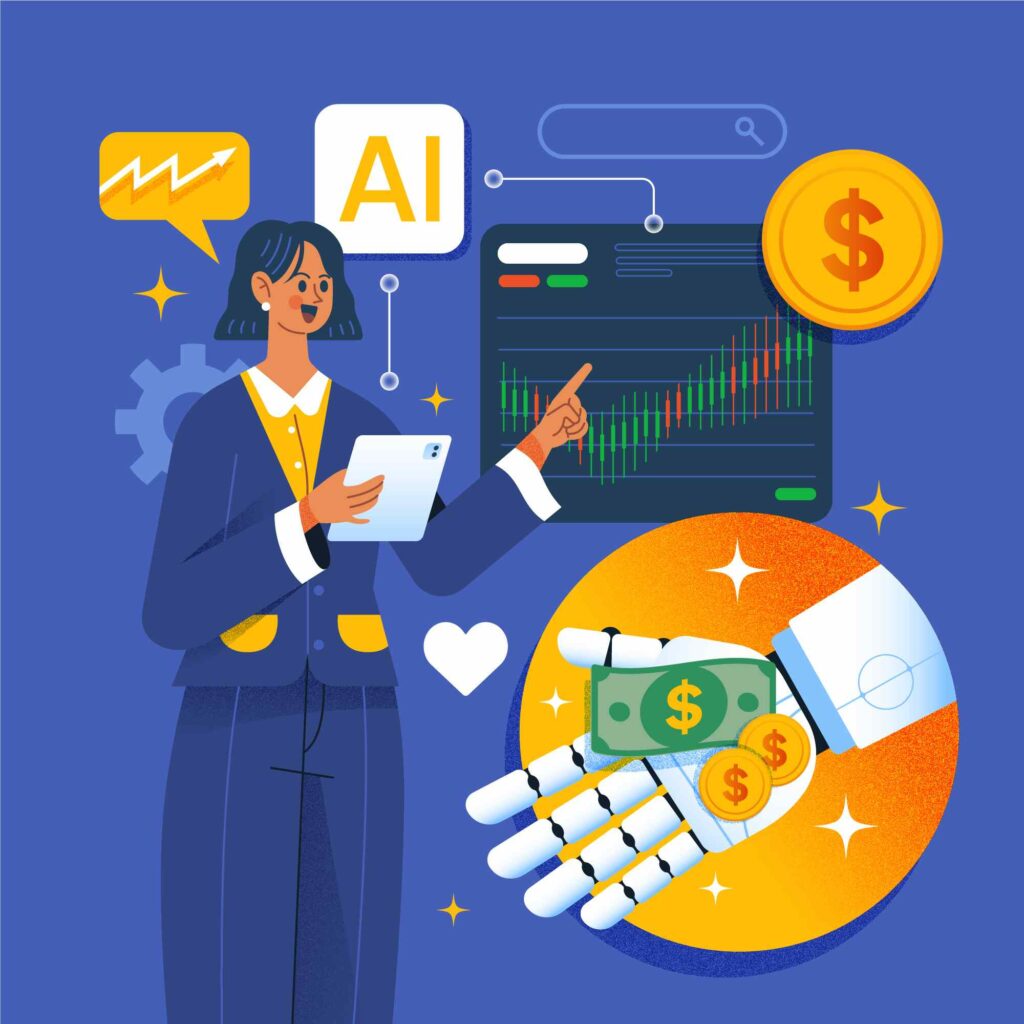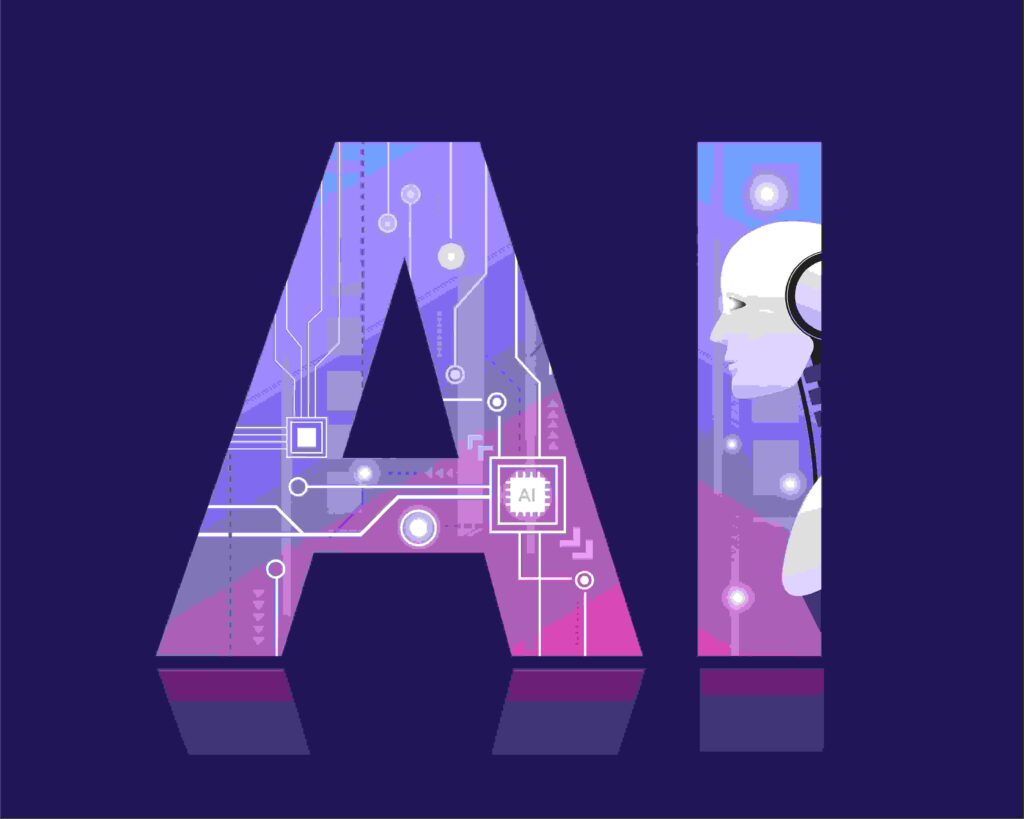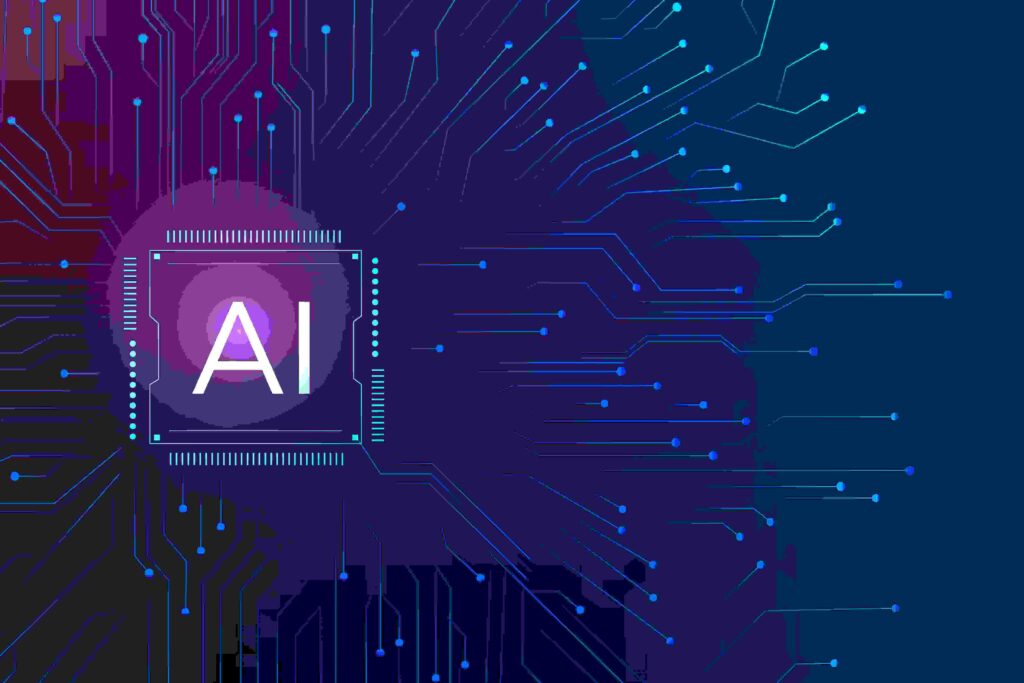
In this article, we explore the importance of AI in cyber risk analysis, the benefits of certification, the skills it imparts, and how it prepares professionals to secure digital landscapes against sophisticated cyber threats.

The Role of AI in Cyber Risk Analysis
AI has brought a new level of sophistication to cyber risk analysis. Traditional cybersecurity methods are often reactive, responding to threats after they occur. In contrast, AI-powered cybersecurity enables a proactive approach by predicting potential vulnerabilities, analyzing data patterns, and detecting unusual behaviors before they escalate into threats. Key AI techniques such as machine learning, natural language processing, and predictive analytics make it possible to handle large data volumes and provide comprehensive threat intelligence.
For professionals working in cybersecurity, understanding how AI tools enhance cyber risk analysis is essential for maintaining strong security postures. AI cyber risk analysis certification programs offer this expertise, teaching individuals how to utilize AI to identify and mitigate threats effectively.
Related Reading: For more on AI’s role in cybersecurity, check out this article from Forbes on How AI is Reshaping Cybersecurity.
Core Skills Developed in an AI Cyber Risk Analysis Certification
An AI cyber risk analysis certification covers a range of skills critical for modern cybersecurity professionals. Here are the essential areas typically addressed in these programs:
1. Understanding Machine Learning and Predictive Analytics
Machine learning (ML) is foundational to AI-driven cybersecurity. ML algorithms analyze historical data to identify patterns that signal potential cyber threats. Certifications teach professionals how to use ML for real-time threat detection, anomaly detection, and predictive analysis, enabling them to anticipate risks based on data trends.
2. Natural Language Processing (NLP) for Threat Intelligence
NLP allows cybersecurity professionals to analyze unstructured data, such as social media posts, hacker forums, and news sources, to gain insights into emerging threats. Certification programs often cover NLP fundamentals, teaching participants how to monitor and interpret threat intelligence data to protect against new attack vectors.
3. Risk Assessment and Management
AI-based risk assessment techniques help prioritize threats and allocate resources effectively. In AI cyber risk analysis certifications, professionals learn how to quantify risks, evaluate their impact, and implement strategies for proactive risk management. This skill is vital for creating cybersecurity frameworks that align with organizational goals and regulatory requirements.
4. Ethics and Compliance in AI Cybersecurity
Ethics and compliance are central to responsible AI use in cybersecurity. Certification programs cover data privacy laws like GDPR, ethical considerations in AI deployment, and how to avoid biases in AI algorithms. These skills ensure that AI systems protect user data and remain transparent in their operations.
Real-World Applications of AI in Cyber Risk Analysis
AI-driven cyber risk analysis has practical applications across multiple industries, from finance and healthcare to government and retail. Here are some ways AI can be applied to strengthen cybersecurity:
1. Anomaly Detection and Intrusion Detection Systems (IDS)
AI-powered systems use anomaly detection to identify unusual patterns in network traffic or user behavior, signaling potential intrusions. These systems help cybersecurity teams react to threats faster and minimize the damage caused by breaches. For instance, financial institutions use AI-based IDS to prevent unauthorized access to sensitive information.
2. Real-Time Threat Intelligence and Incident Response
AI-driven threat intelligence tools provide real-time updates on emerging threats by analyzing data from various sources. By quickly identifying and classifying threats, these tools enable faster incident response, minimizing potential damage. For instance, AI can analyze thousands of cybersecurity alerts per second, helping cybersecurity professionals prioritize and act on the most critical threats.
3. Behavioral Biometrics and Identity Verification
AI in cybersecurity goes beyond passwords and two-factor authentication by using behavioral biometrics to verify user identities. Behavioral biometrics monitor factors like typing speed, mouse movement, and device usage patterns, enhancing identity verification. This application is especially valuable in sectors that require robust identity verification, such as banking and e-commerce.
4. Endpoint Security and Malware Detection
AI algorithms can detect malware more accurately by analyzing patterns in files and applications. Traditional antivirus programs often rely on signature-based detection, which requires updates for every new threat. In contrast, AI-driven endpoint security identifies malware based on behavioral analysis, protecting against previously unknown threats.
Benefits of an AI Cyber Risk Analysis Certification for Professionals and Organizations
An AI cyber risk analysis certification offers numerous advantages, equipping professionals with the skills to safeguard organizations in an increasingly complex threat landscape. Here are some key benefits:
1. Enhanced Threat Detection and Prevention
AI certification programs train cybersecurity professionals to leverage machine learning and predictive analytics for threat detection. This enables organizations to proactively detect and address security threats, minimizing potential breaches and damage.
2. Improved Incident Response Times
AI cyber risk analysis skills allow professionals to respond to incidents swiftly and accurately. With real-time monitoring and threat intelligence, cybersecurity teams can prioritize incidents effectively, reducing response times and preventing extensive damage.
3. Data-Driven Decision-Making in Cybersecurity
AI-driven insights enhance decision-making by providing cybersecurity teams with data-backed recommendations. With an AI cyber risk analysis certification, professionals can interpret complex data sets, helping organizations make informed security decisions and allocate resources effectively.
4. Competitive Advantage for Organizations
In a business environment where data breaches can result in substantial reputational and financial damage, having certified AI cybersecurity professionals on board is a competitive advantage. Organizations with robust AI-driven cybersecurity measures are more trusted by customers and are better positioned to navigate regulatory requirements.
External Resource: Read more about AI’s role in improving decision-making in McKinsey’s report on Cybersecurity in the age of generative AI

Key Considerations for Implementing AI in Cybersecurity
For companies looking to incorporate AI into their cybersecurity efforts, it is essential to consider certain best practices and challenges:
1. Ensuring Data Privacy and Security
Since AI systems require large amounts of data to operate effectively, ensuring data privacy is critical. Organizations must adopt strict protocols for handling sensitive data, including encryption and anonymization, to maintain data security and comply with regulations.
2. Addressing Bias in AI Algorithms
Bias in AI models can lead to skewed results, potentially causing the misidentification of threats or overlooking real risks. Professionals with AI cyber risk analysis certifications learn methods for recognizing and mitigating biases, ensuring fair and accurate threat detection.
3. Collaborating with IT and Data Science Teams
Successfully integrating AI into cybersecurity often requires collaboration across departments. Cybersecurity professionals must work with data scientists and IT teams to align AI tools with organizational goals, ensuring smooth integration into existing security infrastructure.
4. Continuous Learning and Adaptation
AI and cybersecurity are rapidly evolving fields. Regularly updating AI models and retraining algorithms are essential to keep up with emerging threats and technological advancements. Certification programs often emphasize continuous learning, preparing professionals to adapt to new challenges as they arise.
The Future of AI-Driven Cyber Risk Analysis
The future of cybersecurity will heavily rely on AI-driven solutions, as organizations continue to face increasingly sophisticated cyber threats. Here are some anticipated trends:
- Increased Use of Predictive Cyber Analytics: Predictive analytics will become even more integral to cybersecurity, enabling professionals to identify vulnerabilities before they are exploited, thereby reducing the risk of breaches.
- Real-Time Behavioral Monitoring: Real-time monitoring tools will allow organizations to detect behavioral anomalies immediately, protecting against insider threats and unauthorized access more effectively.
- AI-Driven Automation for Incident Response: Automation in incident response will help cybersecurity teams respond faster to threats. By using AI to automate routine responses, teams can focus on complex incidents, improving overall security posture.
With these trends in mind, obtaining an AI cyber risk analysis certification prepares cybersecurity professionals to manage future challenges effectively. As AI technology continues to evolve, certified professionals will be instrumental in enhancing organizational cybersecurity.






















